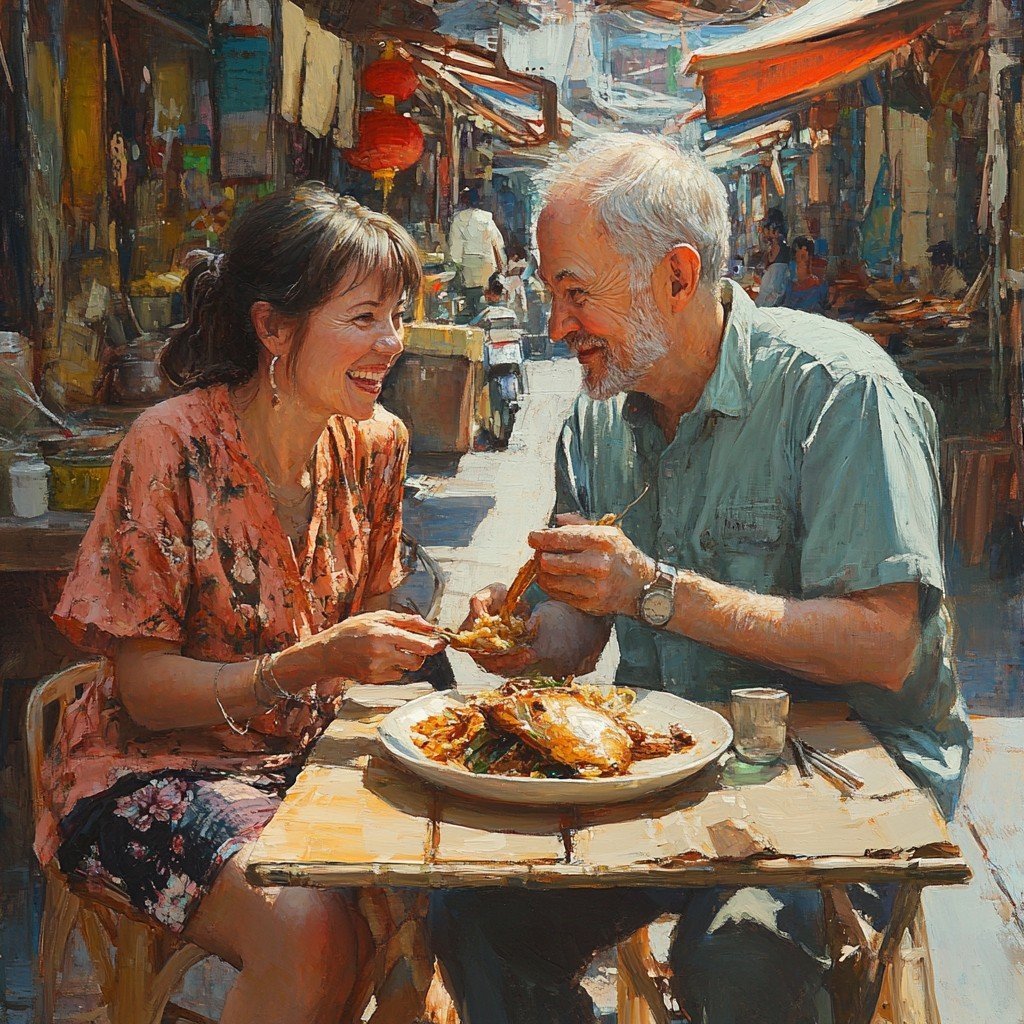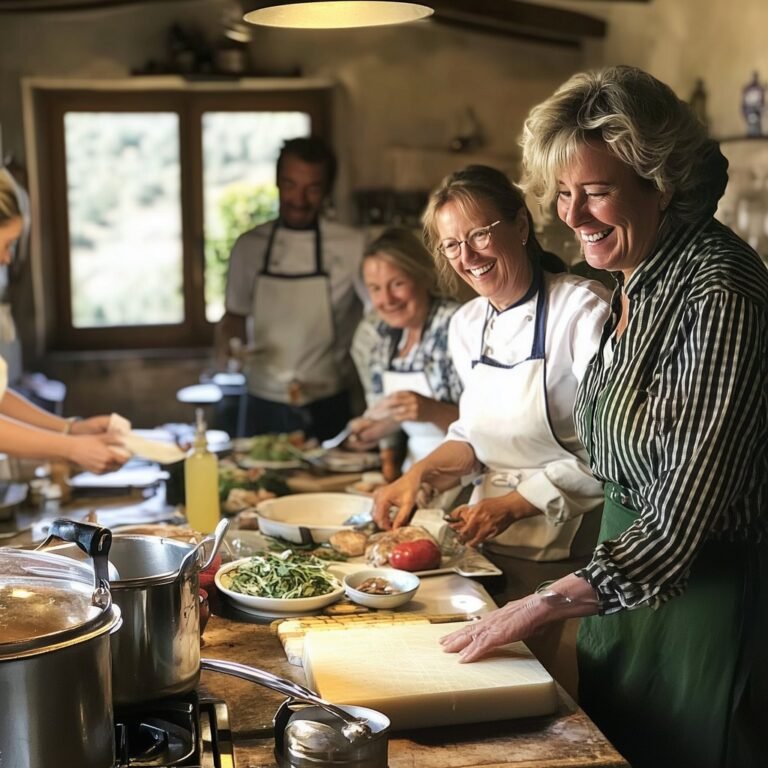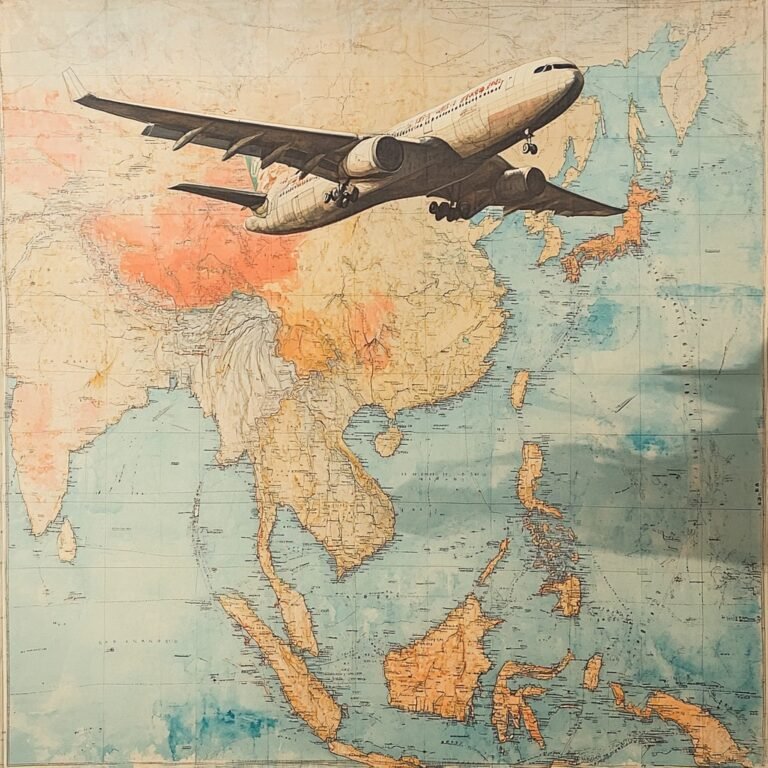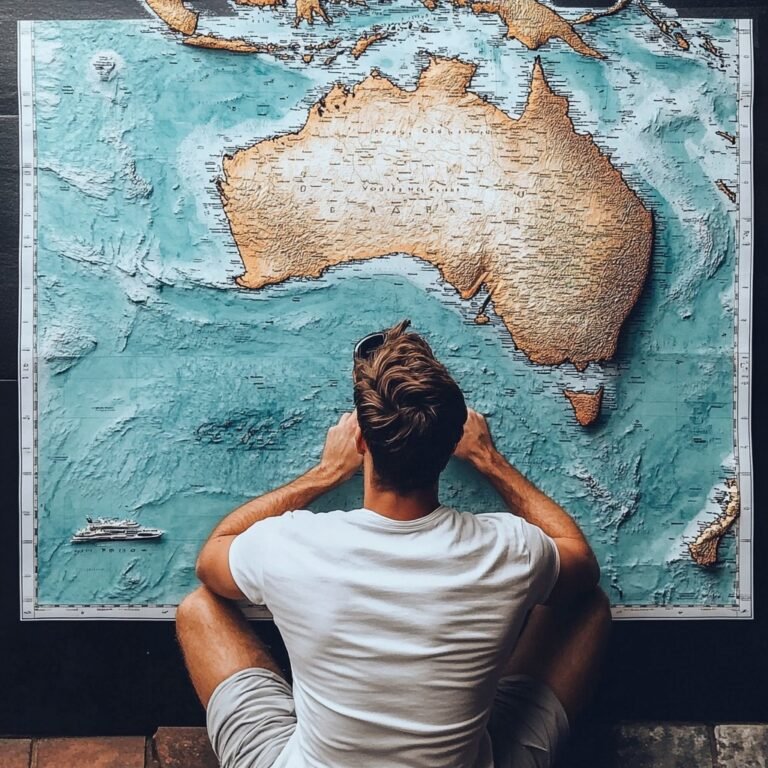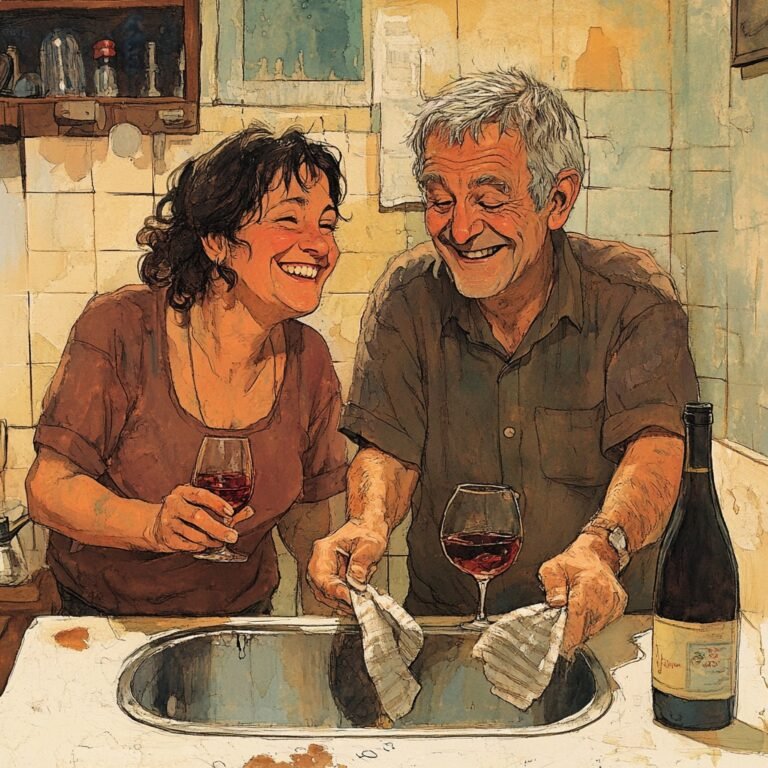Saving Money While Slow Traveling: Budget Tips
As a journalist, I discovered that slow travel is key to saving money. I traveled the world for five years for less than living in the US. I focused on experiences, not constant movement.
Living abroad, my costs were 2 to 3 times lower than in the US. For example, I found furnished rentals in Costa Rica for $300 to $600 monthly. This was much cheaper than the $1,000 to $1,700 I’d pay in Portland, Oregon.
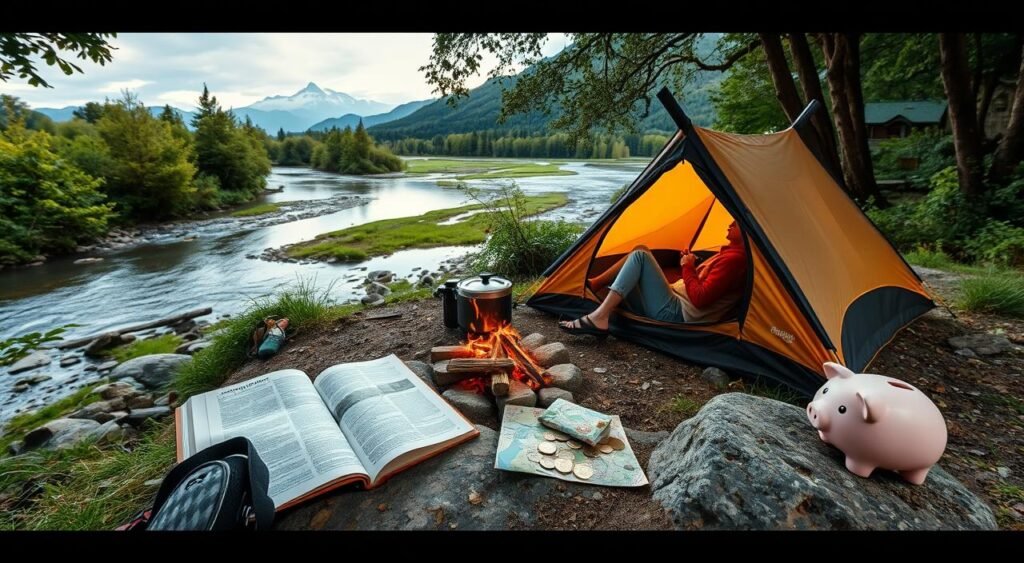
Work exchanges were my secret to affordable travel. I traded my skills for room and board, even in pricey places like Japan and Vietnam. Plus, utilities and internet were often included, cutting my monthly bills.
Slow travel made me enjoy free, meaningful activities. I loved walking around cities, exploring markets, and diving into local culture. These experiences brought me joy and connection, priceless compared to spending money.
Key Takeaways
- Slow travel can significantly reduce your fixed costs, with housing expenses 2-3 times lower than living in the US.
- Work exchanges can help subsidize your accommodations, even in more expensive destinations.
- Embracing local experiences and free activities can provide a sense of fulfillment, reducing the need to spend money out of boredom.
- Slow travel allows you to savor experiences and connect with the local culture, rather than rushing through destinations.
- Practicing slow travel can lead to a more sustainable and cost-effective travel lifestyle.
The Origins of Slow Travel
The slow travel movement started with the slow food movement in Italy in the 1980s. It was a reaction to fast-food chains, focusing on local businesses and quality over cheap food. Slow travel does the same for tourism, valuing quality experiences and deep local culture over quick visits.
Slow Food Movement: Embracing Local and Quality Over Convenience
The slow food movement aims to keep local food traditions alive. It supports small producers and a sustainable food system. Travelers now apply this to their journeys, exploring local markets and connecting with food makers.
Slow Travel as a Countermovement to Fast-Paced Tourism
Slow travel is different from the fast, bucket list-driven tourism. It focuses on local immersion, staying longer to really get to know a place. This sustainable tourism helps travelers connect, support local economies, and reduce their impact.
By choosing slow travel, we can enjoy the journey more. We can appreciate the moment and positively impact the places we visit.
Why Embrace Slow Travel?
In today’s fast-paced world, slow travel offers a welcome change. It lets us enjoy our travels more and connect deeply with the places we see. Slow travel isn’t just about going slow. It’s about diving into local culture, enjoying every second, and coming back home feeling refreshed.
Enhancing Travel Experiences and Connecting with Locals
Slowing down lets us discover new things. We meet locals, learn their stories, and understand the place better. This way, we make memories that stay with us forever.
Preventing Traveler Burnout and Restoring Energy
Fast travel can leave us feeling drained. But slow travel helps us recharge. By staying longer in one spot, we avoid travel fatigue. This way, we enjoy our trips more and feel energized when we return.
Slow travel is good for us and the planet. It reduces our carbon footprint and supports local businesses. This makes travel better for everyone and helps the communities we visit.
Saving Money While Slow Traveling
Slow travel lets you explore places deeply and save money. It cuts down on transportation costs and finds cheap places to stay. This way, you can travel more and enjoy it more.
Reducing Transportation Costs by Staying Longer
Slow travel helps you save on moving around. By staying in one spot, you avoid the high costs of constant travel. This is especially true for those who travel a lot.
Our study found that staying in one place for a month saves a lot. We could spend our savings on better experiences and activities.
Securing Affordable Long-Term Accommodations
Slow travel also means finding cheaper places to live. Instead of hotels, try furnished rentals or work exchanges. They can save you a lot of money.
We got a great deal at a hostel by staying longer. Our nightly rate dropped from $12 to $8. This saved us money and let us connect with locals.
| Travel Expense | Traditional Travel | Slow Travel |
|---|---|---|
| Transportation | Frequent flights, taxis, and rideshares | Reduced costs through longer stays and use of local transportation |
| Accommodations | Hotels, short-term rentals | Negotiated rates for longer stays, furnished rentals, work exchanges |
| Food | Dining out regularly | Cooking meals with locally sourced ingredients, reduced food budget |
| Activities | Expensive tourist attractions | Immersive cultural experiences, free or low-cost local events |
Slow travel has helped us save a lot on our trips. It’s not just about saving money. It’s about having a richer, more real experience. Whether it’s cheaper travel or staying in one place, slow travel is a smart way to travel.
Embracing the Traveler’s Mindset
Slow travel is more than just moving at a slower pace. It’s about finding happiness in simple things and diving deep into local culture. When we slow down, we discover new things and make meaningful connections.
Finding Joy in Simple Experiences and Local Immersion
Slow travelers find joy in the unexpected. We prefer simple moments over expensive attractions. Exploring new places and trying new things brings us a sense of wonder and learning.
By adopting a slow travel mindset, we can enjoy these moments even after we return home. It’s about valuing the depth of our experiences over the number of places we visit.
“Travel is not about the destination, but the journey. Slow travel allows us to truly experience the world, one step at a time.”
By being present, we unlock a world of possibilities. Slow travel is not just about saving money. It’s a way to live more fully, wherever we are.
Slow Travel and Sustainability
We’re more interested in traveling in a way that’s good for the planet and helps local communities. Slow travel fits this perfectly. It means staying longer and connecting more deeply with places. This way, we can lower our carbon footprint and help the places we visit.
Reducing Carbon Footprint by Flying Less
Slow travel helps the environment by cutting down on flying. Flying a lot is bad for the planet. Slow travelers choose trains, buses, or bikes instead. This cuts down on pollution and supports green travel options.
Supporting Local Communities and Economies
Slow travel lets us really get to know local communities. We support small businesses and eat at family-run places. This helps local economies grow and keeps tourism dollars in the community, not just big companies.
| Sustainable Travel Practices | Benefits |
|---|---|
| Reduced air travel | Lower carbon footprint |
| Reliance on local transportation | Support for low-carbon alternatives |
| Patronage of local businesses | Strengthening of local economies |
| Participation in community activities | Deeper cultural exchange and understanding |
Slow travel is a way to make a difference in tourism. It makes our trips better and helps the world become more fair and green.
Creating a Slow Travel Itinerary
Making a slow travel plan means focusing on depth, not just seeing lots of places. We spend more time in fewer spots to dive deep into local culture. This way, we really connect with the people and places we see, not just glance at them.
Prioritizing Depth Over Breadth
Slow travel is about enjoying each moment, not rushing to see everything. Instead of a packed schedule, we choose to truly experience our destinations. This might mean staying in one or two cities for two weeks, rather than rushing through eight to ten in two weeks.
Allowing for Flexibility and Serendipity
Slow travel is all about being flexible and open to surprises. We don’t stick to a strict plan but let spontaneity guide us. This could mean skipping pre-booked flights or tours and following local tips. Being flexible lets us truly discover a place and enjoy immersive travel experiences.
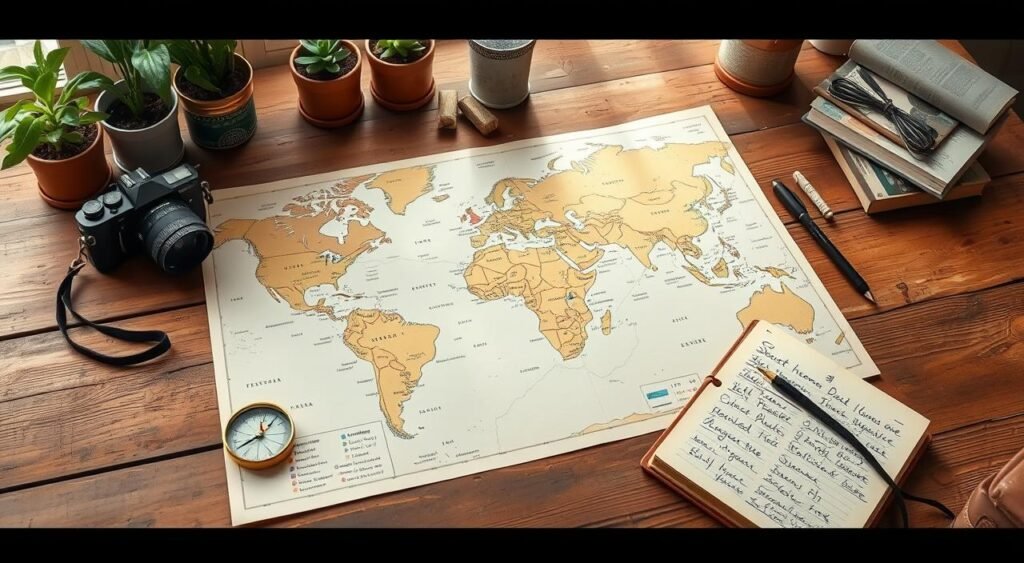
Our research shows slow travel can save money. By using local transport like buses and trains, we cut down on flights. Also, being open to new experiences and places can lead to affordable long-term stays and better budgeting.
Creating a slow travel itinerary is about finding a balance. It’s about seeing sights and really connecting with places. By focusing on depth and being flexible, we get a richer, more affordable travel experience that enriches our lives and wallets.
Affording Long-Term Travel
Starting a long-term travel journey might seem far-fetched for many. Yet, with smart planning, it’s achievable. A key strategy is to use work exchanges and housesitting to stretch your budget. These options can cut down costs, making your travel dollars go further.
Maximizing Budget Through Work Exchanges and Housesitting
Work exchanges offer a chance to work part-time for free lodging and sometimes food. This can be a big help in saving money, especially in pricey places. Housesitting, too, can get you free places to stay in cities like New York City for a long time. This can save you a lot on where you stay.
| Accommodation Type | Average Daily Cost | Potential Savings |
|---|---|---|
| Work Exchange | $0 (free accommodation) | Up to 100% of accommodation costs |
| Housesitting | $0 (free accommodation) | Up to 100% of accommodation costs |
By taking on work exchanges and housesitting, we can travel longer without spending too much. These options not only save money but also offer unique experiences. They help us connect more deeply with the places we visit.
“Slow travel has allowed us to experience destinations in a more meaningful way, while also being able to afford to stay for longer periods of time.”
Overcoming the Urge to Rush
As slow travelers, we must resist the urge to rush. We shouldn’t pack our itineraries with too many places. The real joy of slow travel is in the journey, not just the destination.
By changing our mindset, we can enjoy the simple things. We can dive deep into local cultures and experiences.
Resisting the Pressure to “See It All”
It’s tempting to want to see as many places as we can. But this often makes our travels feel rushed and shallow. Slow travel is about quality, not quantity.
By staying longer in one place, we can really connect with the local culture. We can enjoy the flavors and find hidden gems that we might miss otherwise.
Embracing the Journey, Not Just the Destination
The real joy of slow travel is in the journey itself. We should focus on the unexpected moments and simple pleasures along the way. These are the experiences that make our travels truly memorable.
As Winston Churchill once said, “The farther backward you can look, the farther forward you can see.” Embracing the slow travel mindset allows us to savor the present and gain a deeper understanding of the world around us.
By resisting the urge to rush, we can truly immerse ourselves in the slow travel experience. We connect with local communities and create lasting memories.
The Cost of Moving Around Frequently
As slow travelers, we’ve learned that exploring new places comes with a cost. Transportation costs can be a big expense. Whether it’s flying, taking the train, or a bus, these costs add up quickly.
Transportation Expenses: A Major Budget Drain
Transportation has been a big part of our travel budgets. For instance, an overnight bus from Lima to Cusco in Peru costs $36. A train from Machu Picchu to Cusco is $77. Even short trips, like a bus from Mexico City to Oaxaca, can cost between $26 and $52.
Examples of High Transit Costs Across Destinations
- Overnight bus from Lima to Cusco, Peru: $36
- Train from Machu Picchu to Cusco, Peru: $77
- Train from Hanoi to Hue, Vietnam: $38 – $54
- Bus from Mexico City to Oaxaca, Mexico: $26 – $52
These costs, along with daily expenses for food and lodging, can be tough to manage. That’s why we’ve found slow travel helps keep costs down. It allows us to enjoy our experiences more fully.
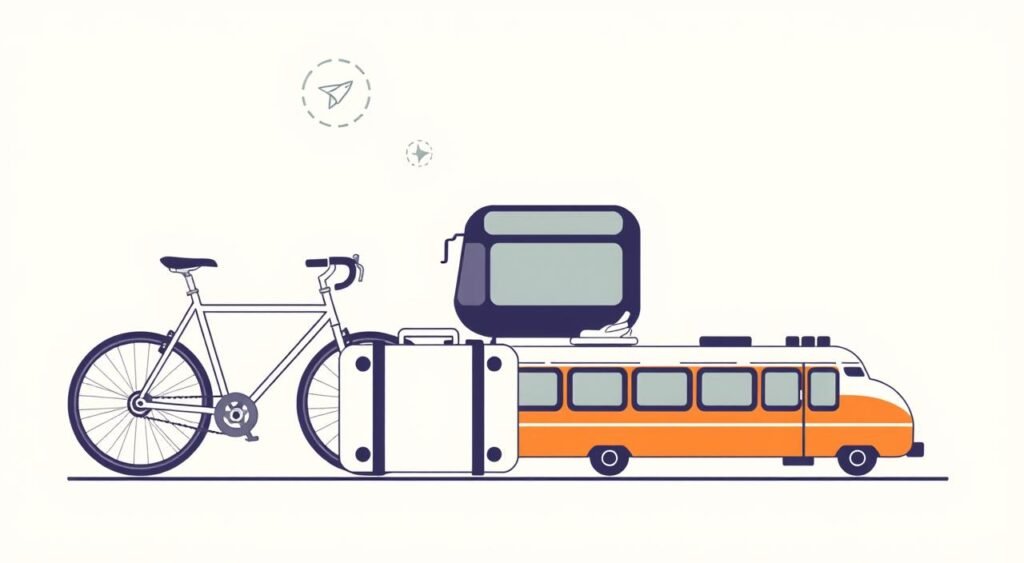
Slow Travel in the Post-Pandemic World
The COVID-19 pandemic has changed travel forever. Now, over 30 countries offer digital nomad visas. This makes it easier to work from anywhere and travel slowly.
Rise of Digital Nomad Visas and Remote Work
Remote work has become more common since the pandemic. This has led to digital nomad visas. Places like Barbados, Costa Rica, and Croatia now welcome remote workers for longer stays.
Potential for More Sustainable and Enriching Travel
The pandemic has shown us the value of sustainable travel. People now want to connect deeply with local communities. This aligns with slow travel’s focus on authenticity and reducing environmental impact.
| Trend | Impact |
|---|---|
| Post-Pandemic Travel Trends | The pandemic has led to a surge in remote work and the rise of digital nomad visas, enabling more people to embrace a slower, more sustainable approach to travel. |
| Sustainable Travel | Slow travel promotes environmental sustainability by reducing the carbon footprint associated with frequent travel and supporting local economies. |
| Enriching Travel Experiences | Slow travel encourages deeper connections with local communities, allowing travelers to immerse themselves in the cultural and social fabric of their destinations. |
As we move past the pandemic, travel is set to become more sustainable and meaningful. Slow travel, focusing on cultural exchange and environmental care, is ready to grow.
Saving Money While Slow Traveling
As passionate slow travelers, we’ve found that this way of traveling can save money. It’s about enjoying the journey more and spending less. We focus on quality over quantity and find joy in simple, local experiences.
Reducing Transportation Costs by Staying Longer
One big way we save is by cutting down on transportation costs. We choose to stay in fewer places for longer. This lets us get better deals on accommodations and avoid expensive flights or train tickets.
Securing Affordable Long-Term Accommodations
We also look for affordable long-term places to stay. This could be a furnished rental or a work exchange. Staying in one place for a while often means lower costs and a home-like feel.
Finding Joy in Simple Local Experiences
We’ve learned to enjoy the simple things in local life. Instead of spending on pricey tourist spots, we explore markets, join community events, and soak up the local vibe. It’s a more affordable and fulfilling way to travel.
By choosing slow travel, we’ve learned to maximize our travel experiences while minimizing our expenses. It’s not just cheaper; it also lets us connect more with the places we visit and make lasting memories.
“Slow travel is not about seeing the most or doing the most, but about experiencing the most.” – Unknown
| Traditional Tourism | Slow Travel |
|---|---|
| Visiting the most famous highlights of a destination and moving on to the next city | Experiencing life as a local resident, understanding local people and culture |
| Percentage of travelers: 99% | Percentage of travelers: 1% |
Conclusion
The slow travel philosophy brings many benefits, like saving money and having richer experiences. It lets us dive deep into local cultures and connect more with the places we see. It also helps us travel in a way that’s kinder to the environment.
Slow travel can save you money in many ways. You can find great deals on places to stay and eat by asking locals. You can also save on travel costs by choosing green ways to get around.
But slow travel is more than just saving money. It’s about enjoying the trip more. Instead of rushing, we can take our time and really experience each place.
We hope you’ll think about trying slow travel. It’s about being flexible, focusing on quality over quantity, and really engaging with the world. This way, we can have a travel experience that enriches our lives and helps the places we visit.
Starting slow travel is simple. It’s about slowing down and enjoying every moment. This approach makes travel more sustainable, fulfilling, and affordable.

